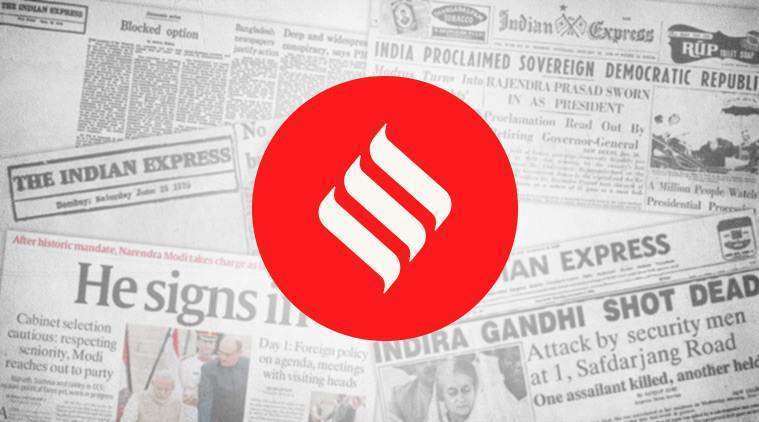 The inherent tension between the central bank and government is apparent in the current scenario.
The inherent tension between the central bank and government is apparent in the current scenario.
When he took over the reins of the Reserve Bank of India, one of Shaktikanta Das’s top priorities would have been to mend bridges between North Block and Mint Street. Relations between the two deteriorated precipitously in the tenure of his predecessor, Urjit Patel. Patel’s abrupt departure, and the unfortunate events preceding it, had raised troubling questions over government interference in the working of the central bank and cast a shadow over its claims of independence and autonomy. Das, a seasoned bureaucrat, has been quick to identify and address some of the contentious issues between the two. Under him, there has been a visible institutional recalibration on several issues. The RBI has adopted a new capital framework, freeing up more funds that can be transferred as dividend to a cash-strapped government. It has now taken a less forceful approach towards resolving bad loans through the insolvency and bankruptcy process, and opted for greater regulatory forbearance for specific sectors. It weighed in on the side of a looser monetary policy well before the extent of the current slowdown was apparent. But while all this has meant a more harmonious working relationship between the two, concerns over the central bank’s independence and autonomy remain.
Responding to these concerns, Das, who has been careful to avoid any public skirmishes, has said in an interview to this paper: “We have to listen to each other, we have to appreciate each other’s views but eventually the decision is made independently”. Restoring the lines of communication with government is indeed a welcome step, as is a regular closed-room dialogue between the two on critical issues such as sovereign bonds. Both parties should be mindful that public displays of differences help neither’s credibility. On its part, the Centre must respect the autonomy of institutions, and encourage their independence. At the same time, the central bank should be mindful of the impact of its moves on its perceived independence and autonomy. It must constantly seek, and safeguard, the right balance.
The inherent tension between the central bank and government is apparent in the current scenario. With growth sagging and inflation spiking, there is little the monetary policy committee can do, bound by a framework which gives priority to price stability. Das, who has placed a higher premium on arresting the economic slowdown, has responded by adopting unconventional tools to push down yields. While this may work in the current scenario, it exposes the conflict between the RBI’s monetary policy and debt management objectives. In the interview, Das said that the RBI is reviewing this monetary policy framework. Credibility of the central bank in controlling inflation takes years to build. Any attempt to alter the basic premise of this framework, therefore, must be carefully thought through.